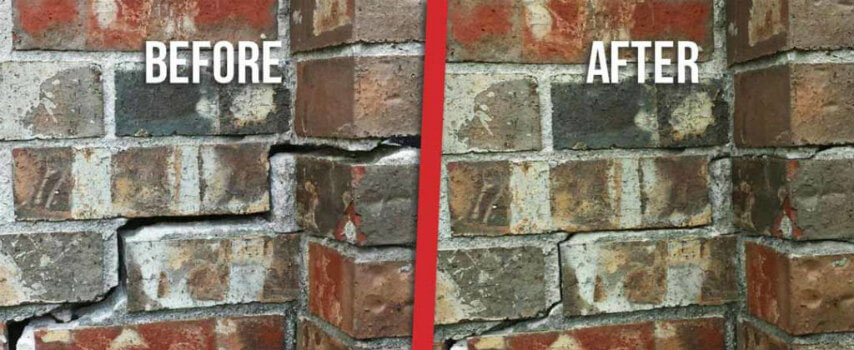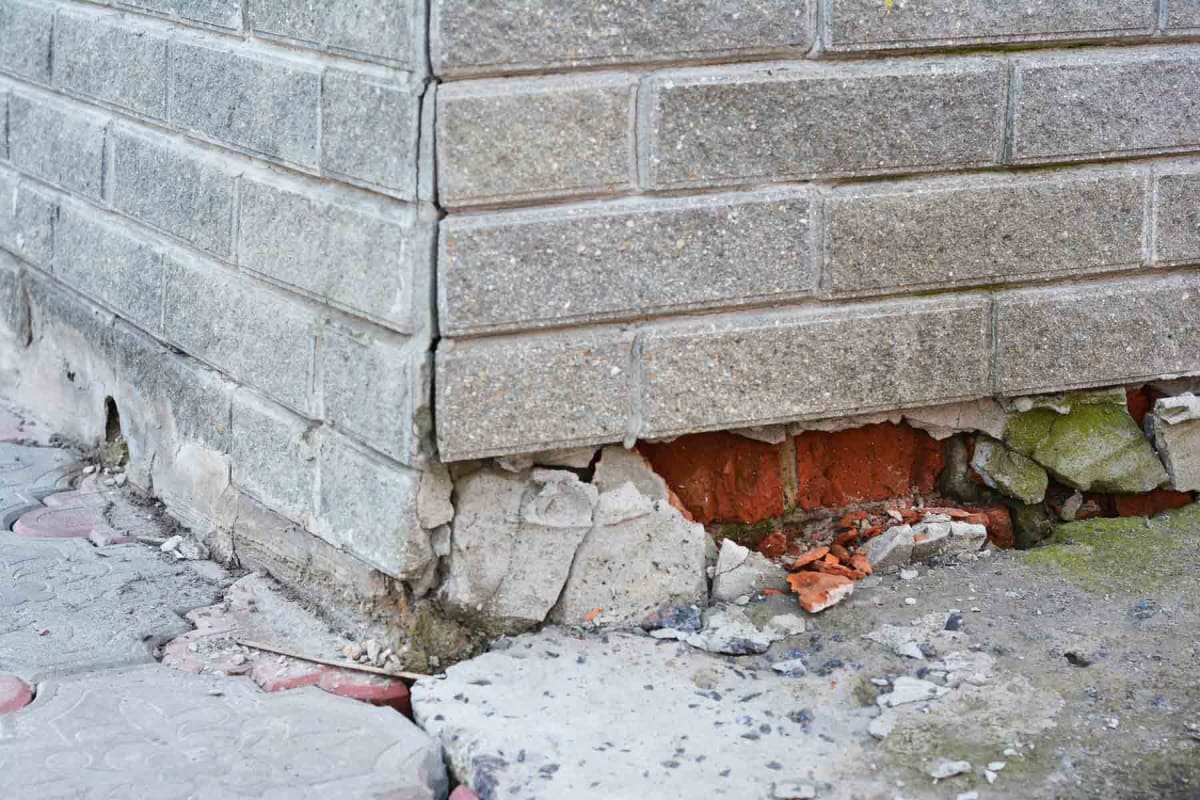Vital Overview to Foundation Repair OKC: What Homeowners Required to Know
Vital Overview to Foundation Repair OKC: What Homeowners Required to Know
Blog Article
Checking Out Different Approaches of Foundation Repair Work for Different Soil Kinds
Structure repair is a crucial element of maintaining architectural stability, specifically when considering the varied difficulties presented by different dirt kinds. The intricacy of soil behavior under differing problems requires a customized technique to repair, making certain optimal options such as helical piers for unsteady dirts or chemical cements for natural layers.
Understanding Soil Types
Dirt types play an essential role in the stability and longevity of structure foundations, making it necessary for home owners and building specialists to recognize their qualities and habits. The interaction between dirt and structure can identify the structural stability of a structure. There are several dirt kinds, each with unique physical residential properties that affect how structures are made and kept.
Granular dirts, such as sand and gravel, give great drain and are commonly taken into consideration secure. They have high load-bearing capabilities, which can support heavier frameworks. These soils can change if not compacted correctly, leading to potential settlement concerns. In comparison, natural soils like silts and clays show different behaviors. These soils tend to retain dampness, and their load-bearing capacity can differ dramatically with modifications in dampness content.
Rocky dirts, recognized for their strength and security, offer superb support for structures yet might need specific equipment for excavation. Alternatively, loamy dirts, which are a well balanced blend of sand, silt, and clay, typically give beneficial conditions for foundation support as a result of their moderate drain buildings.

Understanding these soil kinds is vital for picking appropriate structure repair service methods, ensuring the toughness and safety and security of structures in time.
Obstacles With Extensive Clay
Amongst the numerous soil types, large clay offers special difficulties for structure stability as a result of its propensity to undergo considerable quantity adjustments with wetness variation. This kind of soil swells when wet and agreements when completely dry, which can apply substantial stress on structures. These fluctuations can bring about foundation cracking, heaving, and settlement issues, presenting considerable risks to the structural stability of buildings.
The challenges with large clay are worsened by its plasticity index, which measures the dirt's capability to transform form and quantity. A high plasticity index indicates better capacity for activity, boosting the likelihood of damage to structures. This is specifically problematic in areas experiencing extreme or regular weather changes, where cycles of wet and dry problems prevail.
Additionally, the depth of expansive clay layers can differ, complicating the analysis and preparation of ideal foundation repair approaches. The uncertain nature of its motion necessitates specialized engineering remedies to mitigate dangers. Furthermore, large clay can influence utility sidewalks, driveways, and lines, additionally making complex repair work initiatives. These complexities require a thorough geotechnical evaluation to ensure reliable foundation fixing techniques are carried out, emphasizing the relevance of addressing expansive clay challenges with knowledge and care.
Solutions for Sandy Soils
Sandy soils, characterized by their large particle dimension and reduced her comment is here communication, existing distinct obstacles for foundation stability due to their tendency for changing and erosion. These properties necessitate specialized foundation repair methods to ensure structural stability. One efficient option is using deep foundation systems such as helical piers or driven stacks. By securing the foundation to deeper, a lot more secure soil layers, these systems can offer the required support to counteract the changing nature of sandy dirts.
One more suggested technique is the application of soil stablizing approaches. Chemical grouting, as an example, includes injecting a maintaining agent into the soil, which improves communication and lowers leaks in the structure. This procedure helps to strengthen the sandy substrate, therefore decreasing the danger of disintegration and activity.
Furthermore, setting up appropriate water drainage systems is vital in sandy dirt problems. Guaranteeing appropriate drainage can stop water accumulation around the foundation, which often aggravates disintegration and dirt displacement. Techniques such as French drains or surface grading can be employed to direct water away from the structure boundary.
Resolving Settling in Loamy Soils
Loamy dirts, recognized for their balanced mix of silt, clay, and sand, use a productive base for numerous frameworks yet can in some cases bring about structure settling because of their one-of-a-kind structure. This balanced texture offers exceptional water drainage and nutrient retention, making it ideal for agriculture and landscaping. This very same feature can end up being problematic for foundations, as shifts in wetness web content can create the dirt to broaden or agreement, leading to working out.
Exact dirt testing is essential to figure out the specific make-up and dampness content of the Check This Out loam. Once information is collected, implementing proper water drainage remedies is necessary to preserve regular moisture degrees, consequently reducing the risk of dirt tightening or development.

Ingenious Repair Service Methods
In the realm of foundation fixing, cutting-edge methods are consistently being established to deal with the complex challenges presented by various dirt conditions. As soil kinds differ significantly in their architectural residential or commercial properties, conventional techniques might not constantly suffice. The development of new innovations in foundation repair provides extra customized remedies, ensuring security and longevity.
One remarkable advancement is making use of helical piers, which are specifically effective in expansive or unpredictable dirts (foundation repair okc). These piers are screwed into the ground up until they reach a steady layer of dirt, using strong support for the structure over. This technique reduces interruption and is versatile to different soil types, making it a functional service
Another cutting-edge strategy is the application of polyurethane foam injection. This technique involves injecting high-density polyurethane foam beneath the structure to fill gaps and support the structure. It is a much less intrusive option to typical underpinning, using fast installment with minimal disturbance to the surrounding area.
Additionally, dirt stablizing methods, such as using chemical grouts, have acquired grip. These substances enhance soil strength and reduce leaks in the structure, avoiding future shifting. Collectively, these innovative repair strategies offer reliable remedies for the diverse obstacles posed by differing dirt conditions.
Final Thought

Structure repair is an important facet of preserving architectural honesty, particularly when thinking about the varied challenges presented by various dirt kinds (foundation repair oklahoma city). The complexity of soil behavior under varying problems necessitates a tailored technique to fix, making sure ideal remedies such as helical piers for unstable soils or chemical cements for natural layers. By anchoring the structure to deeper, extra secure dirt layers, these systems can supply the essential support to neutralize the moving nature of sandy dirts
Structure fixing calls for careful check out here factor to consider of dirt types to make sure stability and longevity. Chemical grouts enhance soil toughness and decrease permeability in natural soils.
Report this page